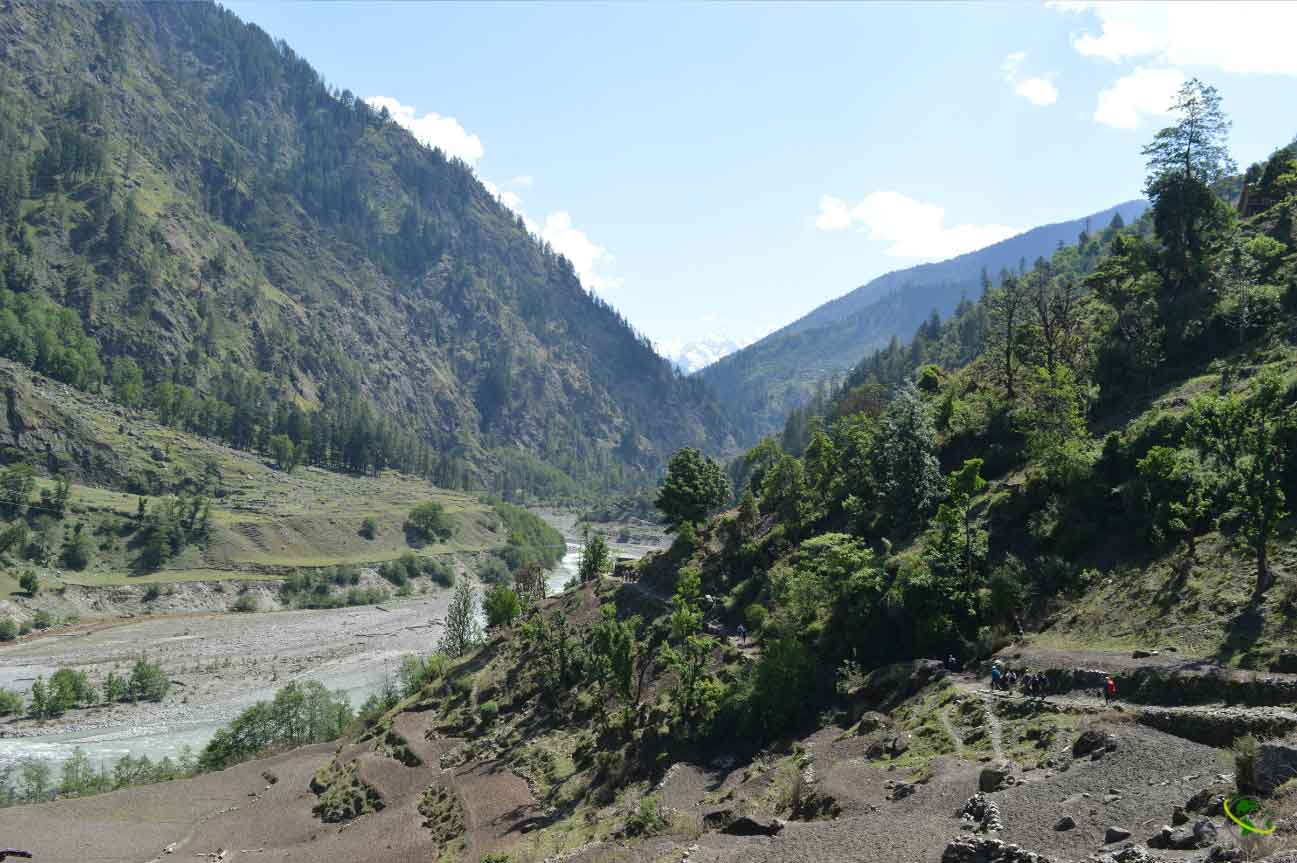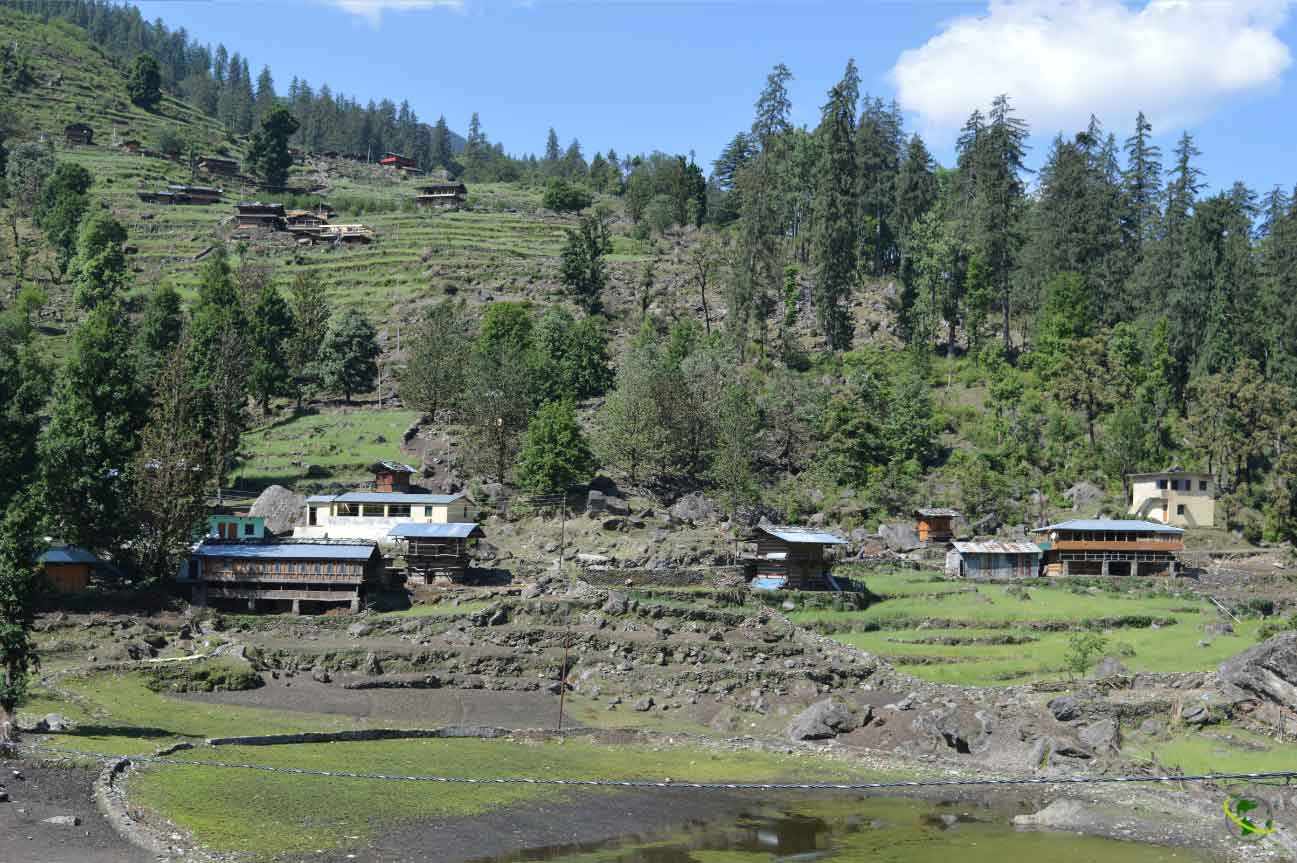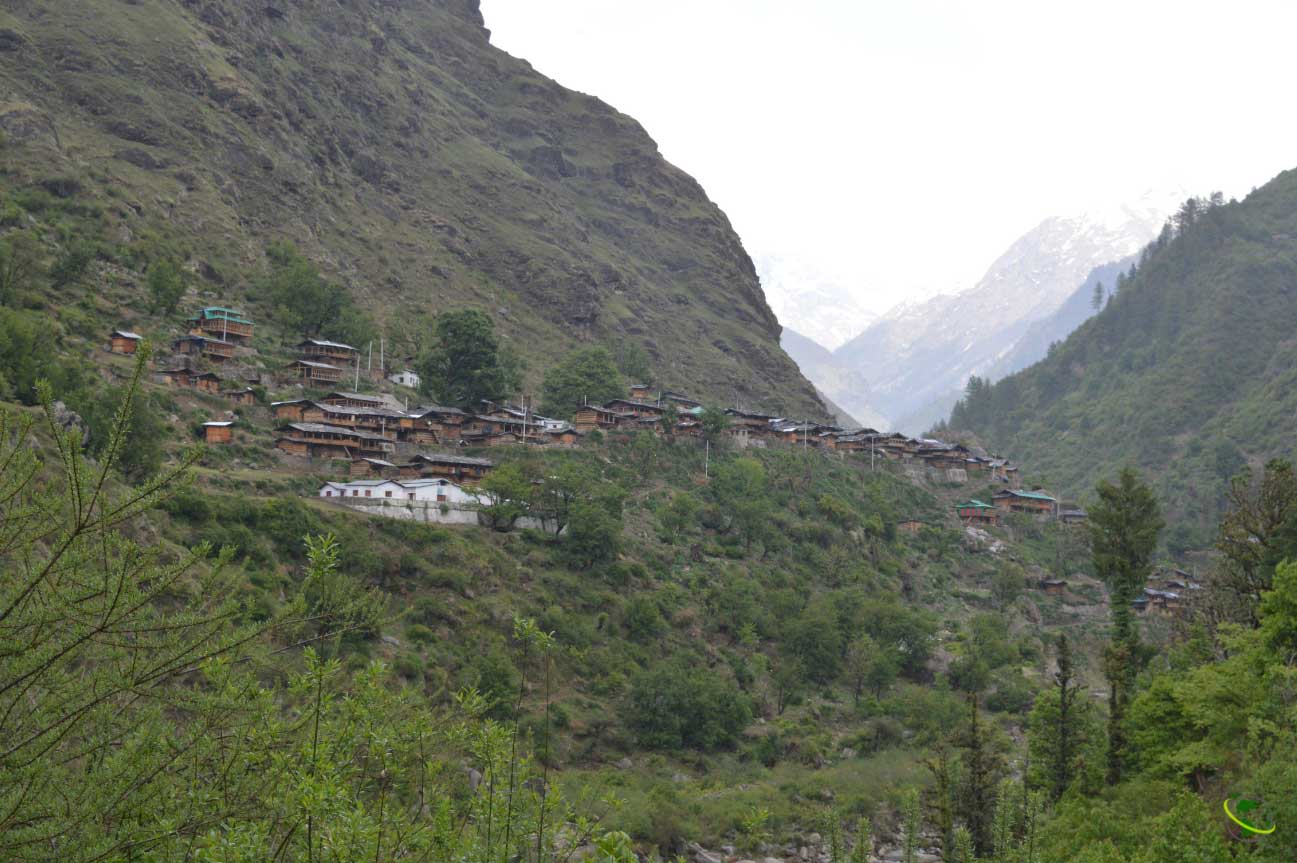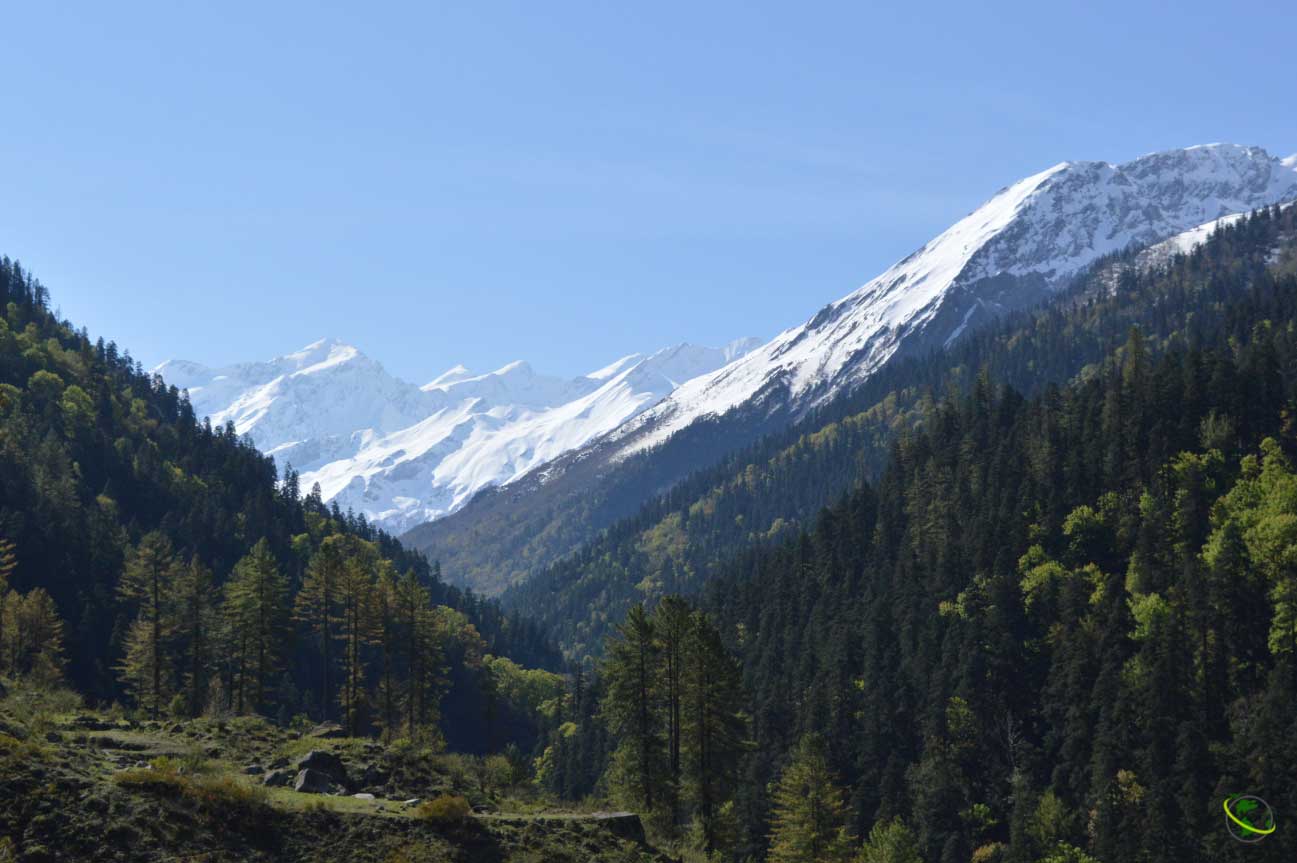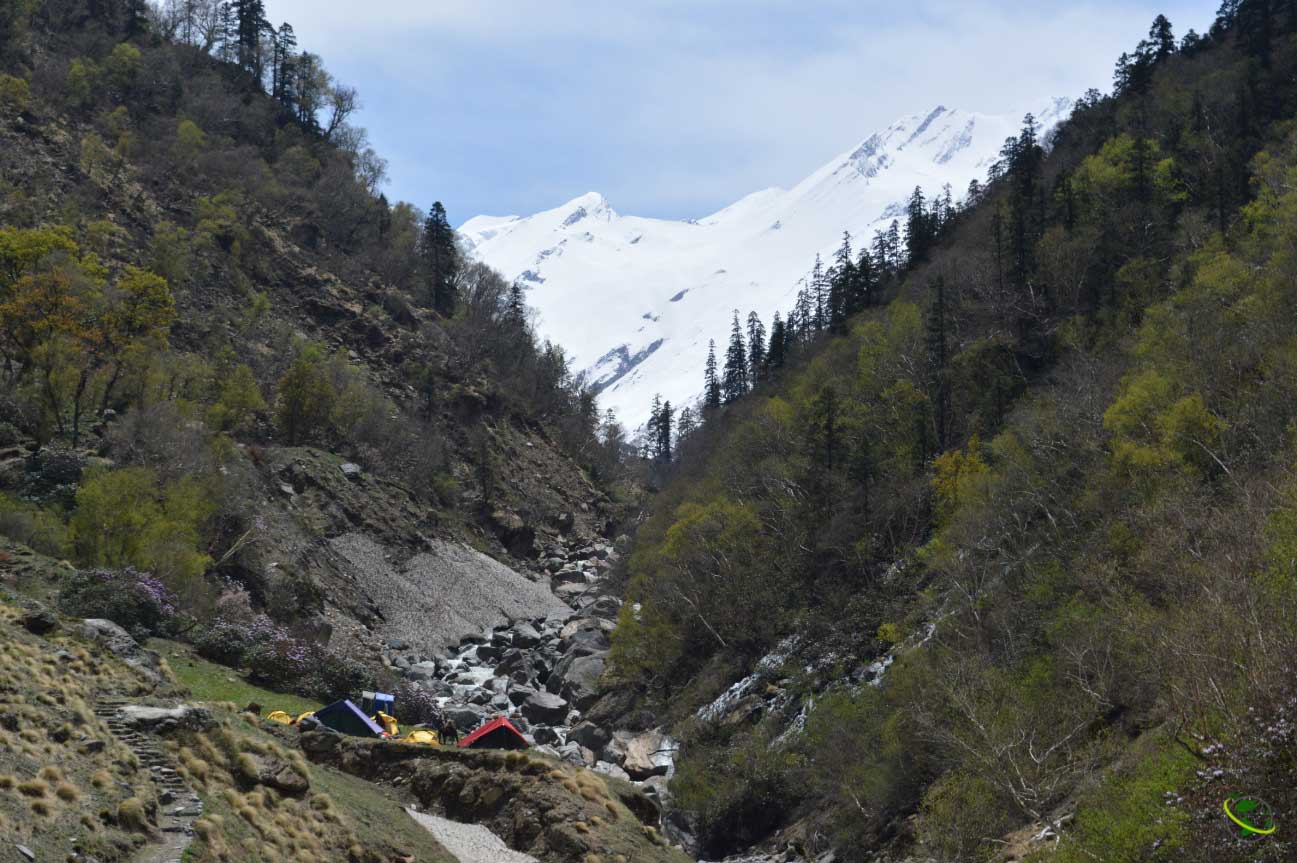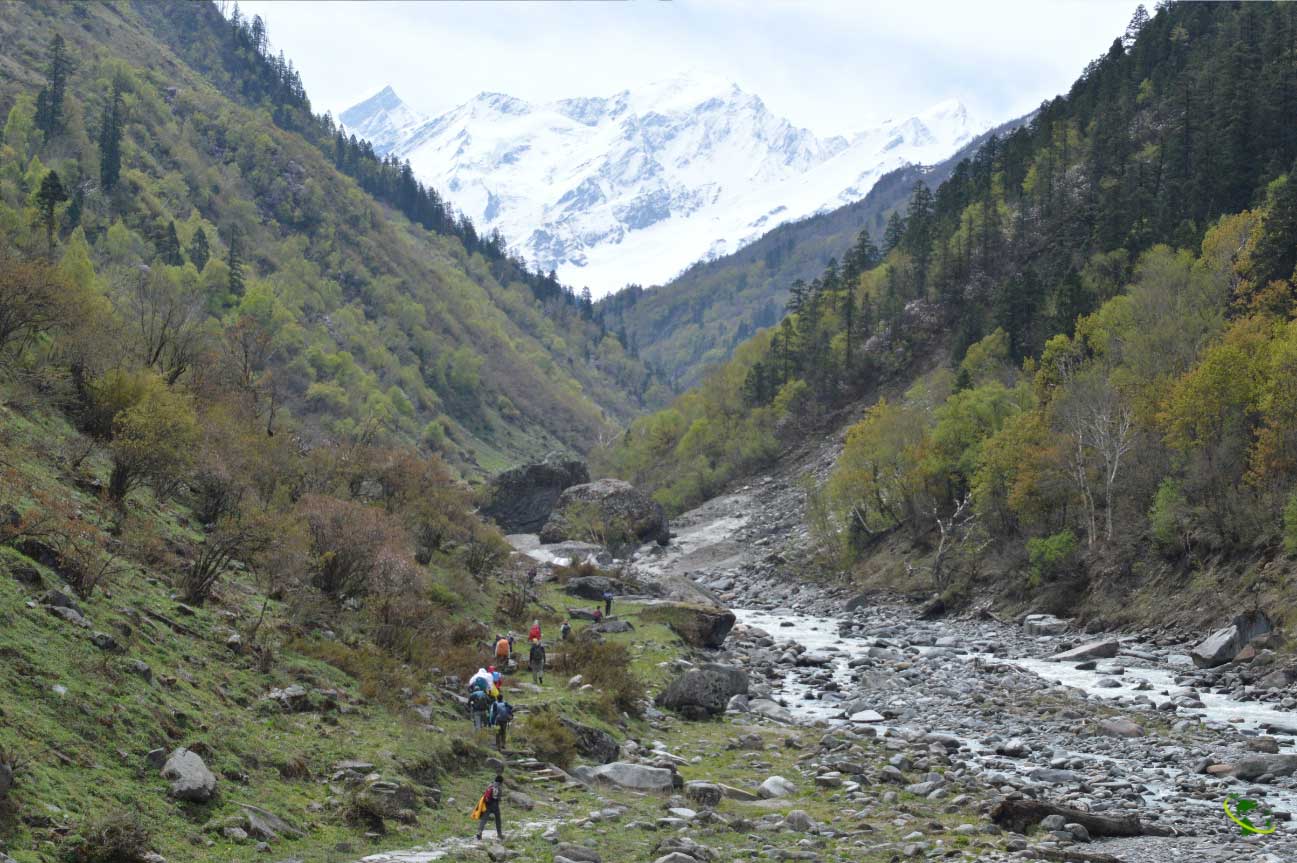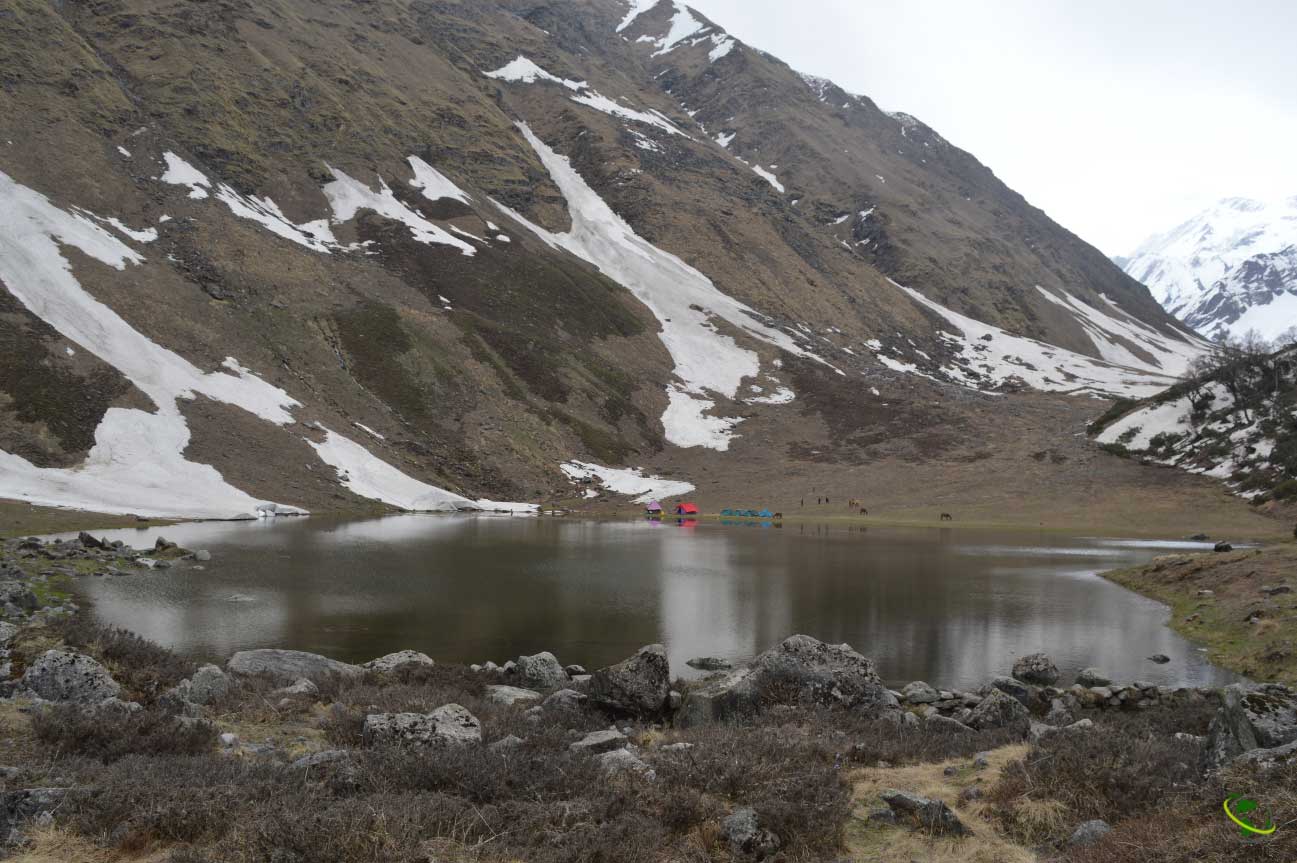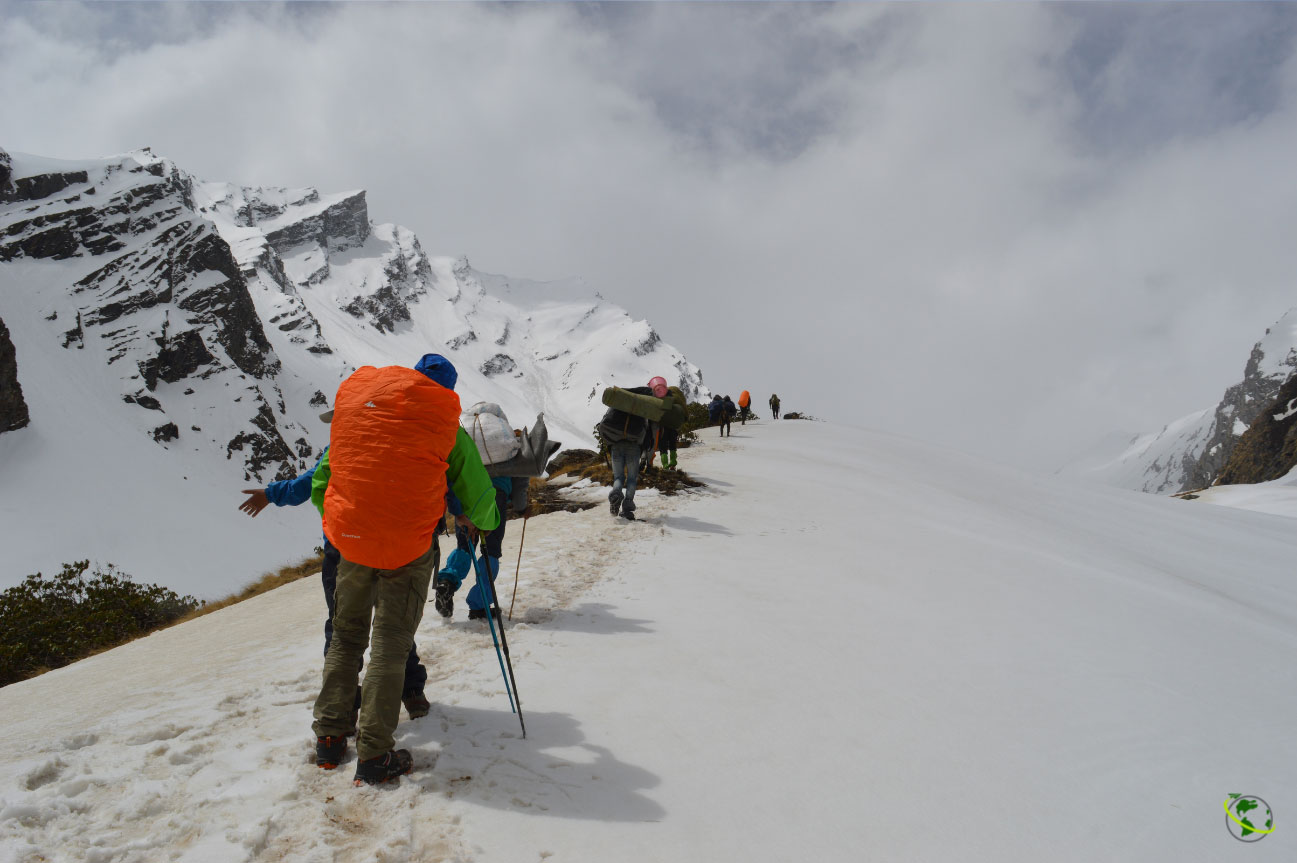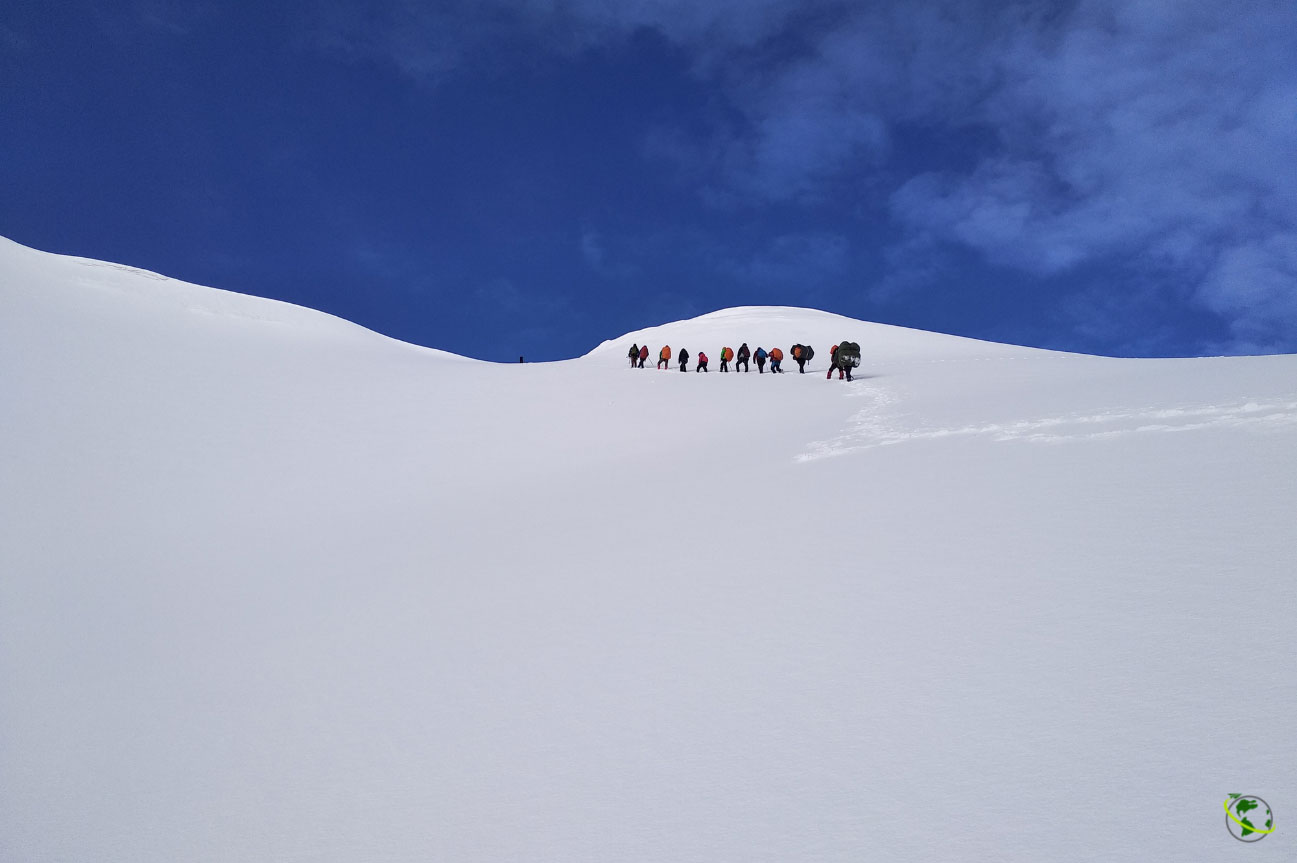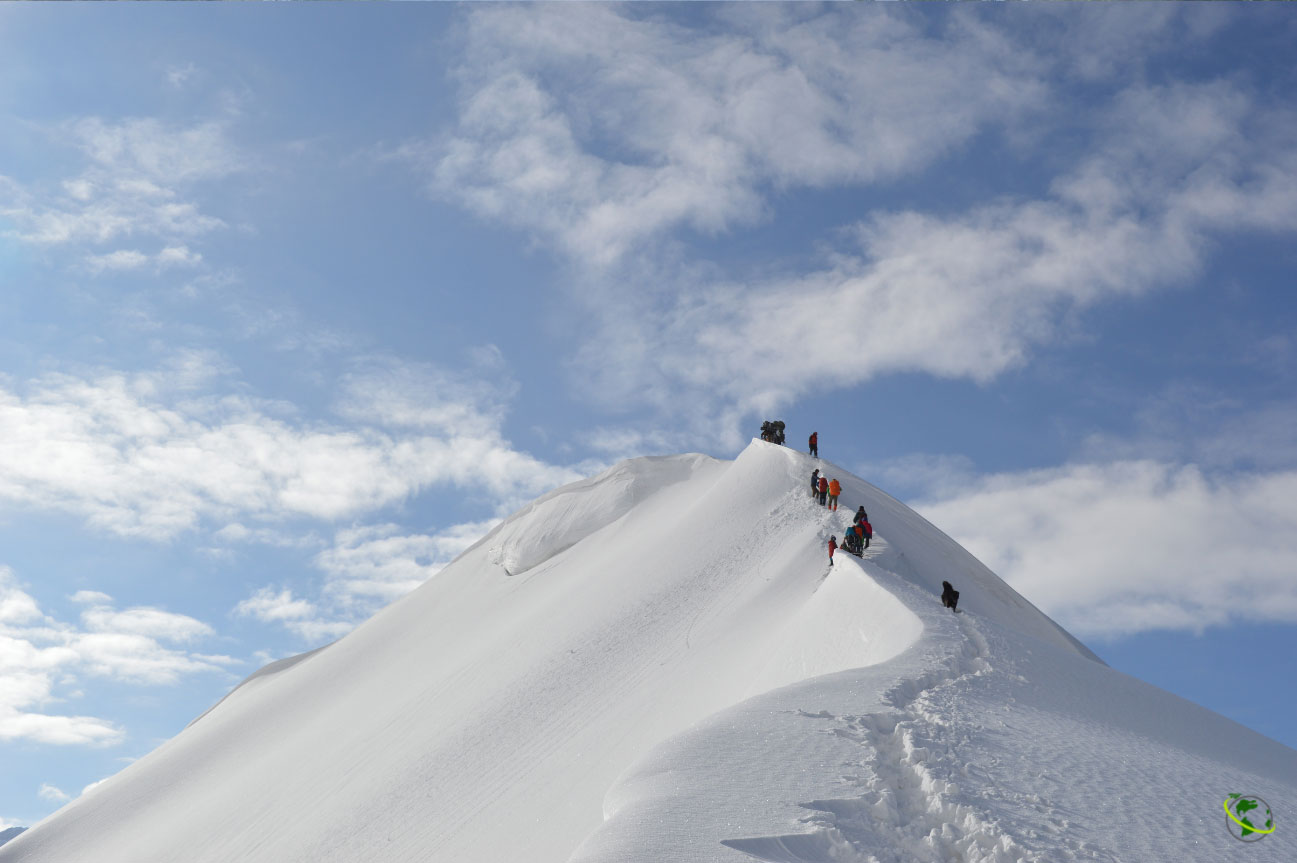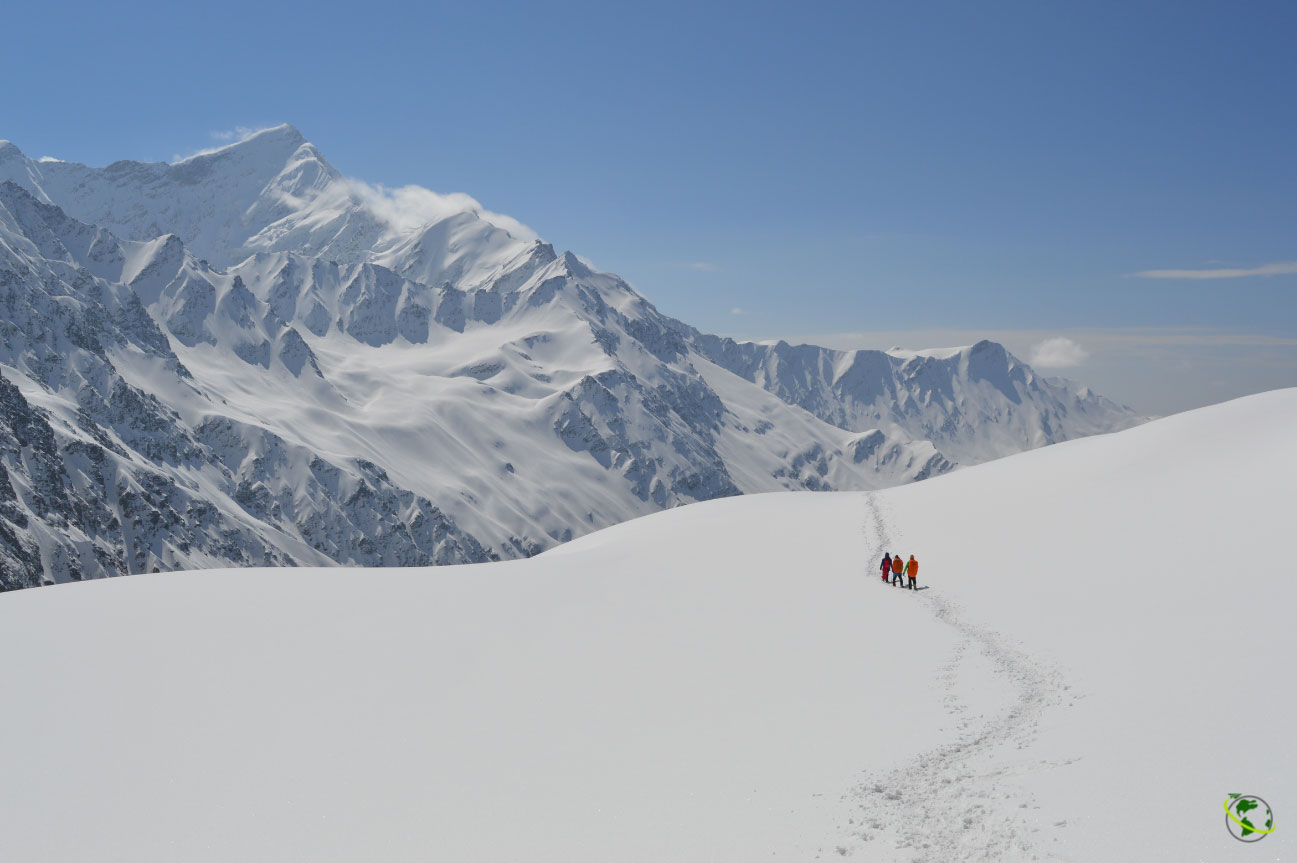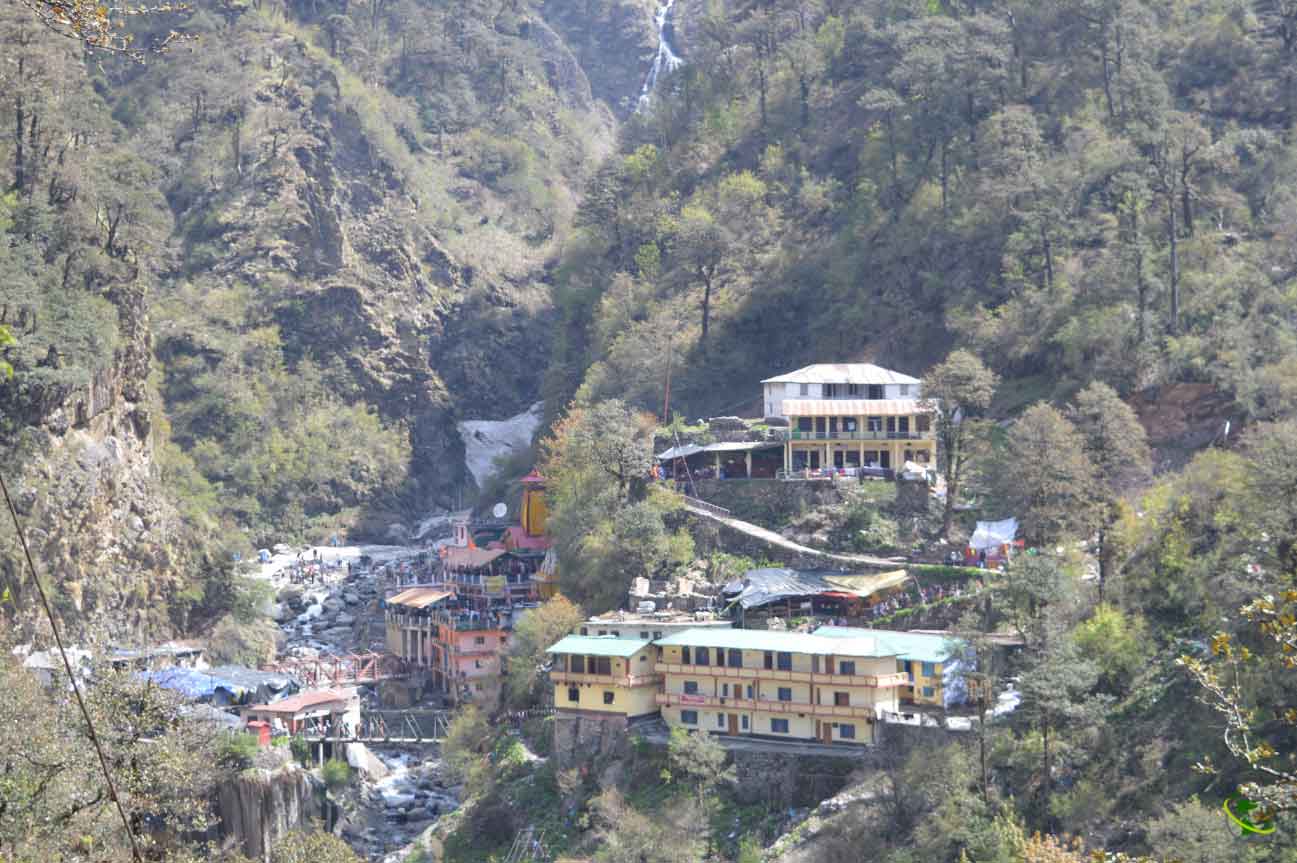Sankri to Janki Chatti
Add Ons








The Most Enchanting Pass in Bali Pass Trek | Get Bali Pass Trek Package Cost
Still not so popular but one of the most beautiful trek destinations for the thrill-seeking travelers is the Bali Pass Trek which is the connection between the Har Ki Dun Valley and the Yamunotri. This trek leads to one of the least explored landscapes of the Indian Himalayan region. At an elevation of 4,800 meters, Bali Pass is the jubilant gateway from where you can perceive the fascinating view of the three peaks i.e. Kalanag (6,387 m), Bandarpoonch (6,316) and the Swargarohini (6,252 m).
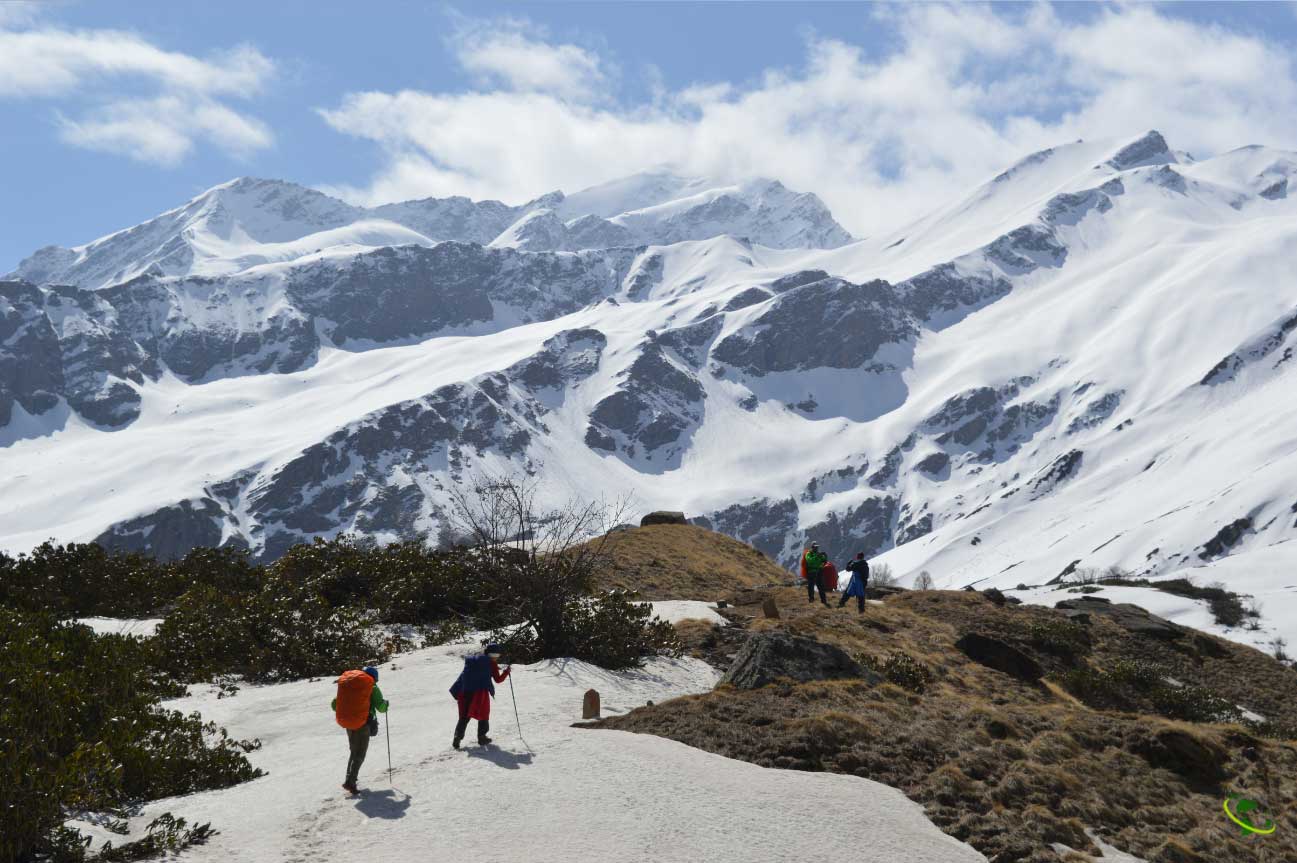
Explore The Oldest Trekking Routes
With the Bali Pass trek package, you can explore the oldest trekking routes from the Tons river valley to the Yamuna river valley that is able to attract travelers during the monsoon with melting snow and the pass being accessible from both sides. The trek initiates from the Sankri and passes right through the Govind National park, the sacred Ruinsara Lake while exploring the least traveled trekking path of the Yamunotri pass to the sacred Yamunotri temple. Also, the trekking trip offers you camping experience at around 4,000m of sea level with the serene and ecstatic beauty of the landscape.
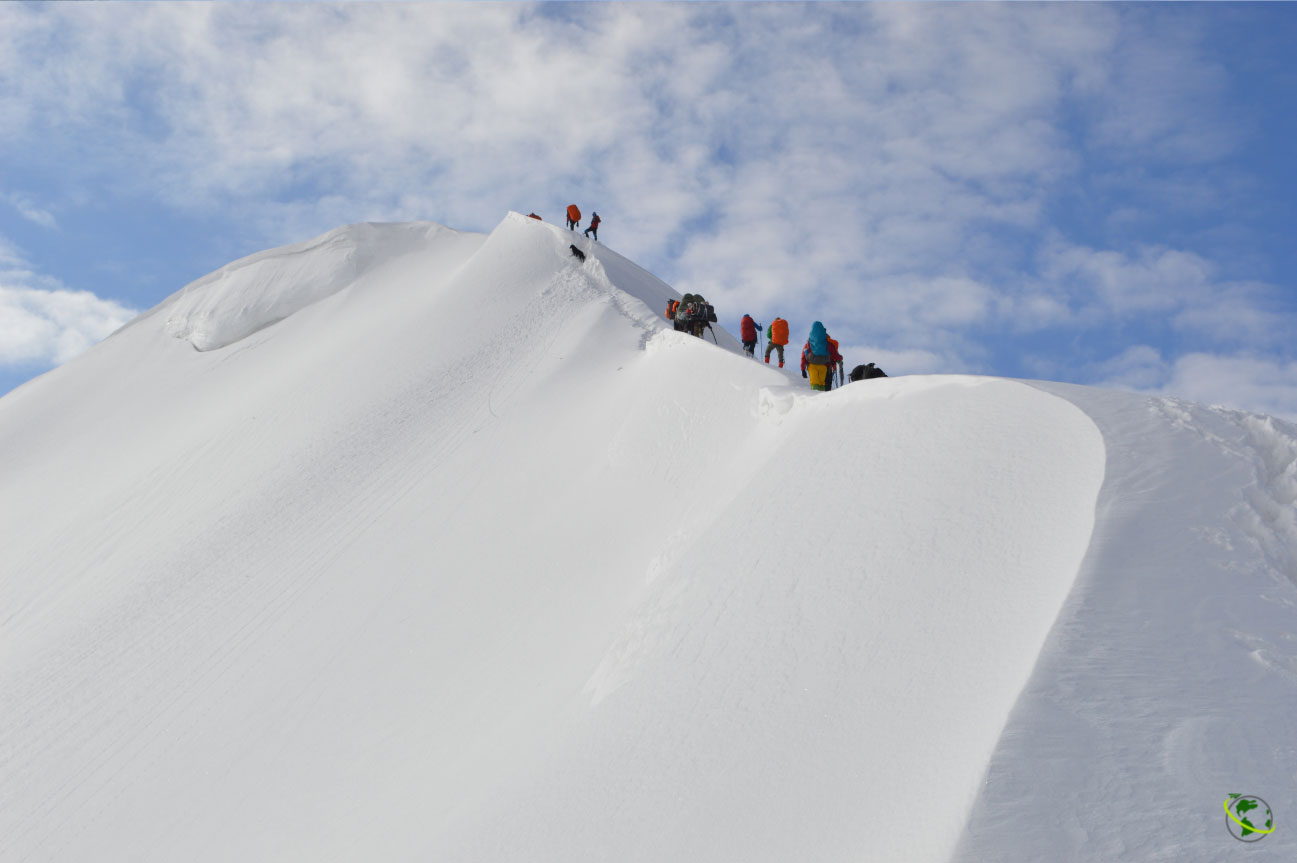
Fascinating Trek
Bali pass trek is one of the most difficult and remote treks in the Himalayan mountains, situated at an altitude of 16420 ft. in the kernel of the Garhwal region. This fascinating trek also leads to the heart of the ocean of the flowers Govind Pashu Wildlife Sanctuary National Park. With the hilly-terrains, rough boulders, dense forests with greenery everywhere, lush green meadows, snow-clad glaciers, and ice-covered trails, this dynamic Himalayan trek provides the spicier experience to the trekking lovers. A prominent Indian river the Yamuna originates from Yamunotri which runs through the different states of India including Delhi. Since even water resources are considered gods in India, there is a shrine devoted to this river on the top of the Yamunotri valley.
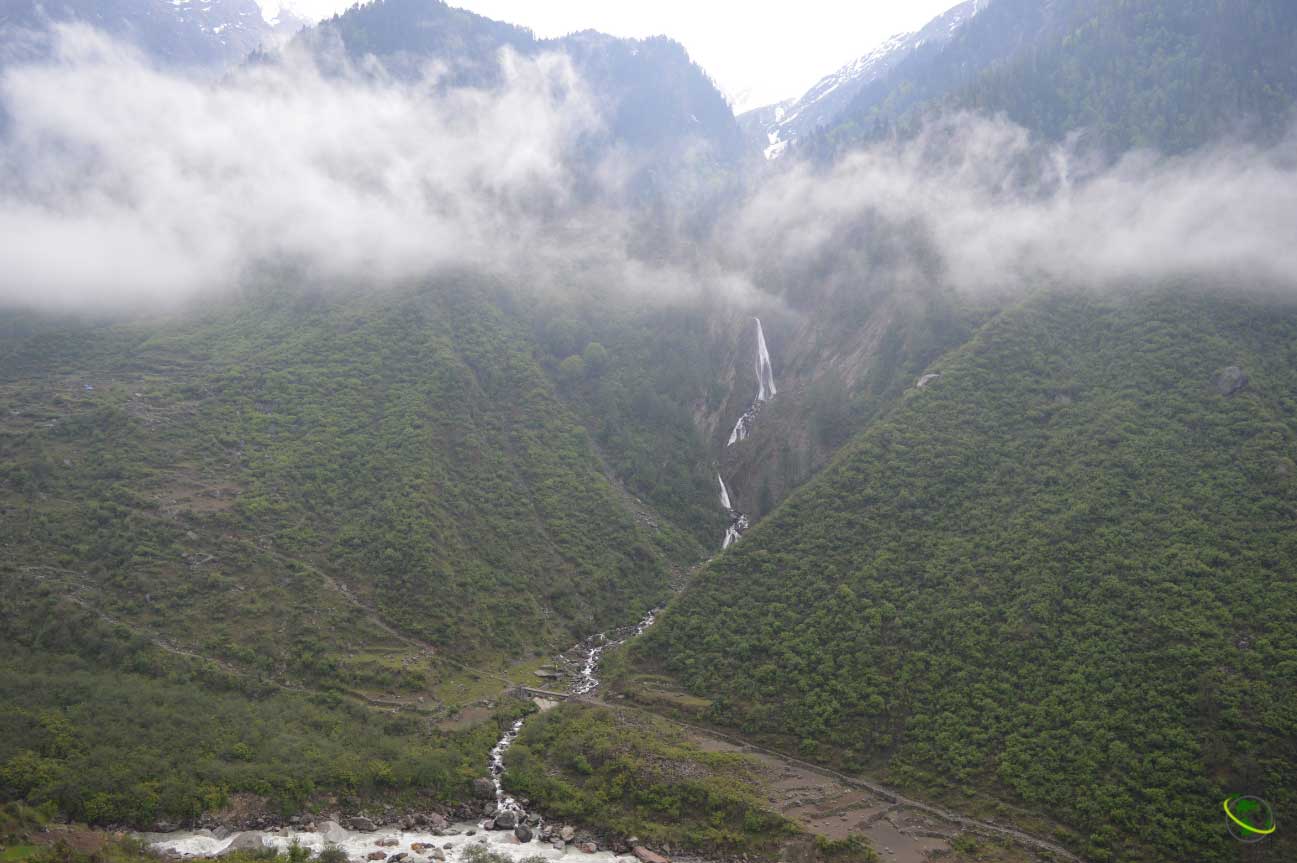
Advanced Bali Pass Trek
Bali pass trek was first crossed by a teacher of Doon school, named Jack Gibson in the year 1940 and he made the trek known to the outer world. Now anyone with normal physical and mental conditions can commence this trek, however, Bali trek is still not explored completely. Being an advanced trek it is not very easy for beginners to achieve this path. Only avid travelers with moderate trekking experience are recommended to carry out this journey. This is the only trek that offers the trekkers to savor the scenery of India’s largest peaks Kalanag (6387 m), Bandarpoonch (6316 m), and a 360-degree view of Swargarohini (6252m) summit. Even only the imagination of this phenomenon can be mind-blowing.
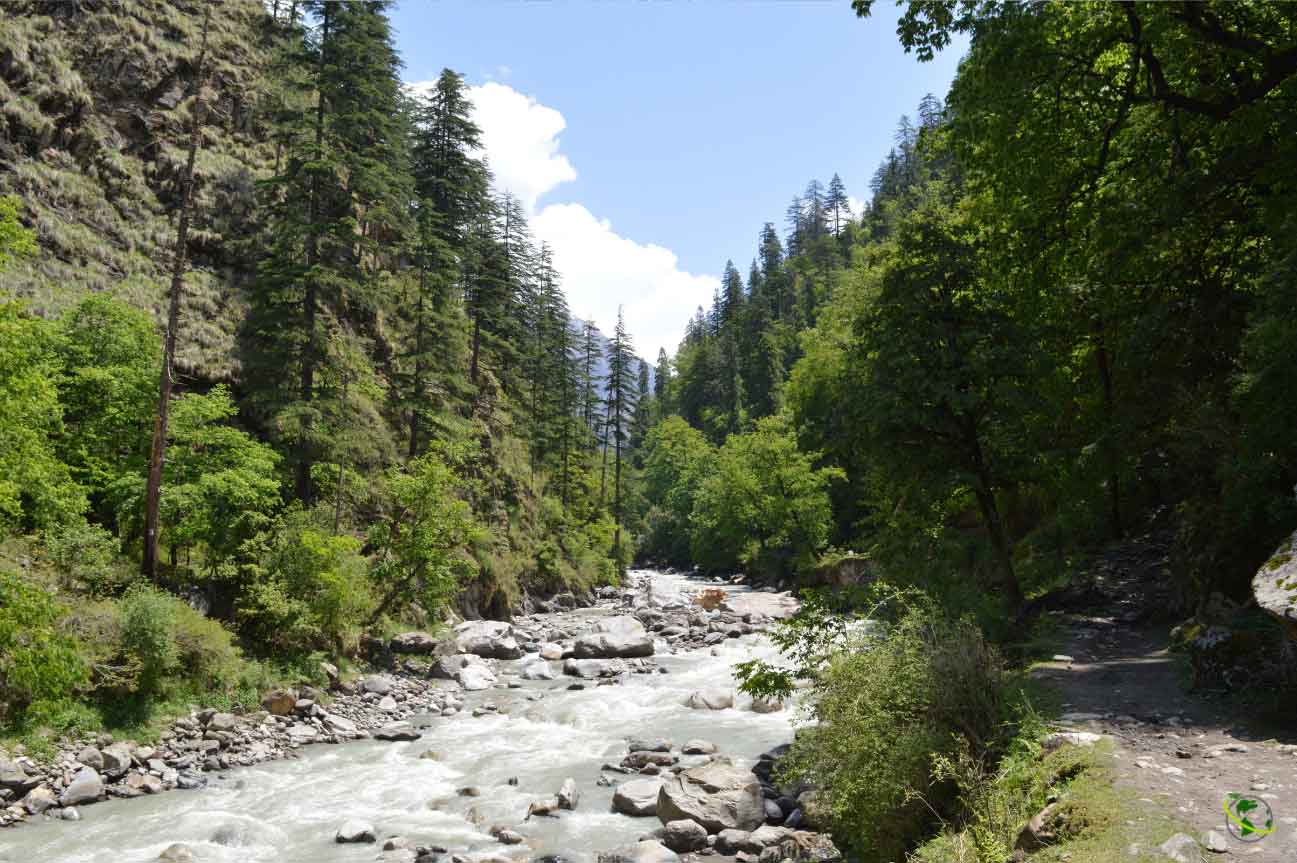
Adventure of Roaring Streams
This trek starts from Tons river valley (Sankri) and ends at Yamuna river valley (Yamunotri). Ruinsara Lake, Supin river, Tons river, and Yamuna river are the major water resources that make our journey even enthusiastic, in fact, a trek is incomplete without the adventure of roaring streams. Tons river is a tributary river of Yamuna and the latter is a major tributary of world-renowned river Ganga. Both streams have strong religious recognition in India and their water is being used for multiple purposes like irrigation, energy generation and water to drink.
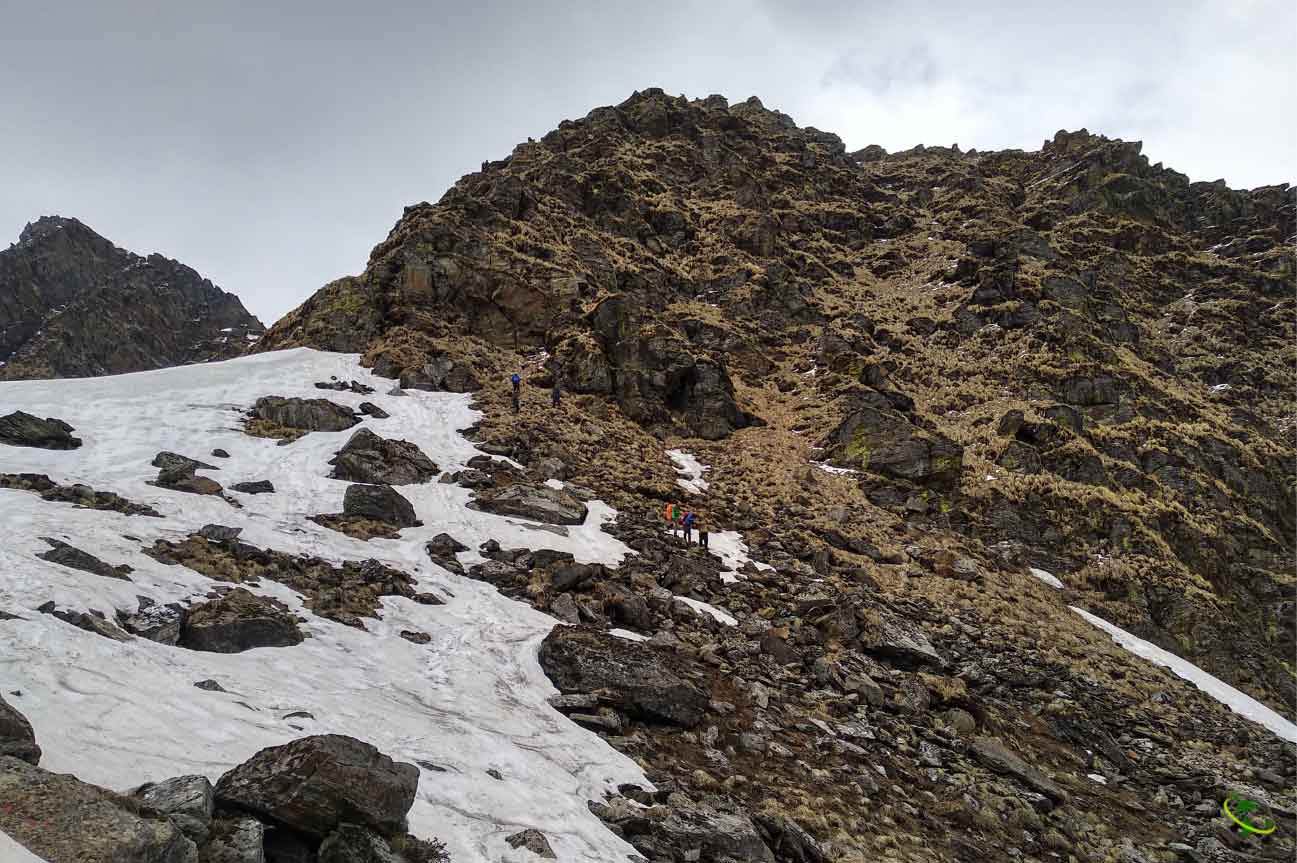
Unforgettable Memories
During the whole voyage with the Bali Pass trek package, we come across many villages such as Sankri, Taluka, Seema, Gangaad, Purola, Debshu Bugyal, Naugaon, Mori, and Netwar. The culture of these villages is a raw reflection of the life of the Indian countryside. The hardships of rough mountains and remote terrains make the life of the locals completely different from that of the people living in plain rural and urban areas. Spending a couple of nights in the wooden houses gives immense pleasure and unforgettable memories. We can not only learn the life lessons from the livelihood of these villages but they help to make our treks smooth and comfortable by providing shelter and guides for the routes.
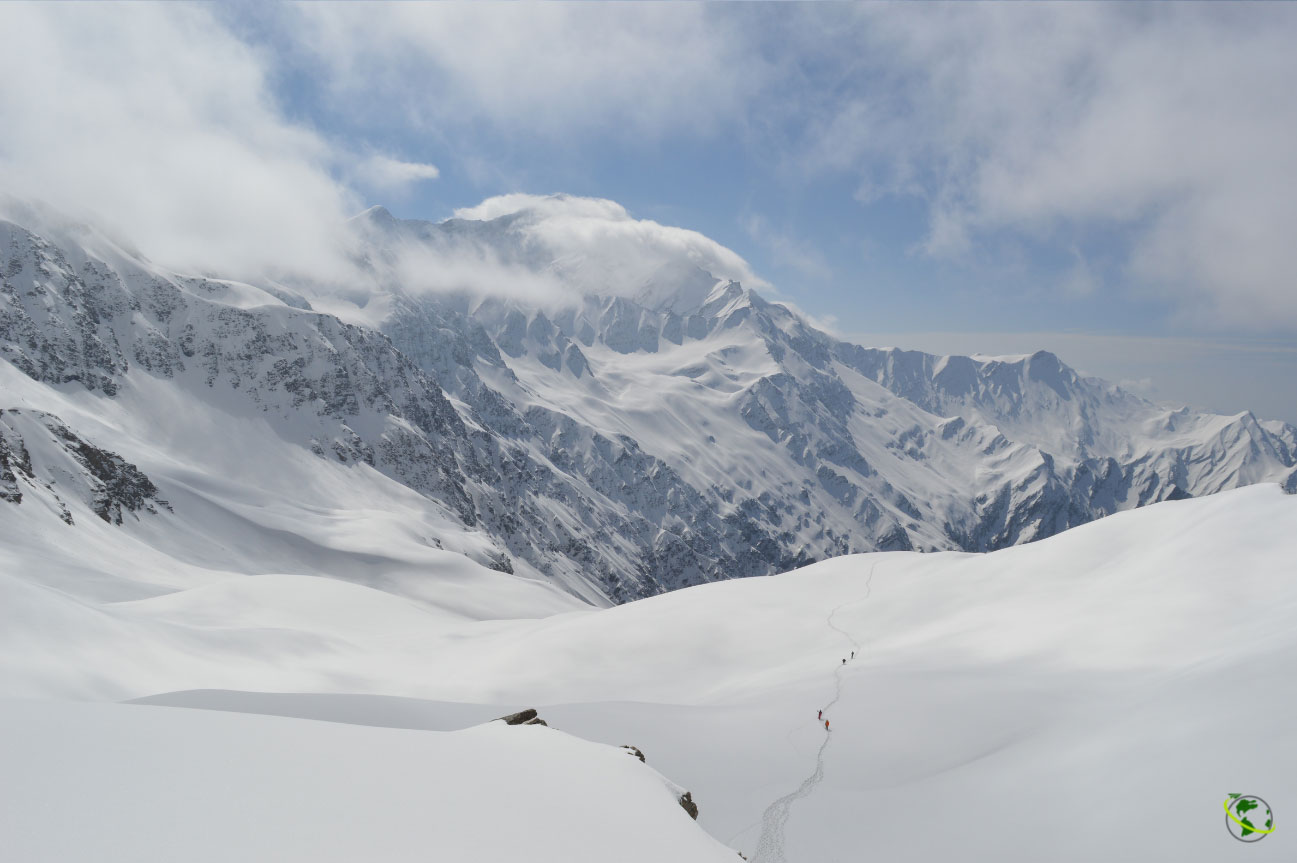
Nature Devotees
Along with this, since this trek has a lot to offer to the nature devotees with the diversity of vegetation, it is natural to check out Bali Pass trek cost. Apple orchards, Alpine forests, dense jungles of Walnuts, Chestnuts, and Chinars, birch trees, are the major examples of Flora and fauna present in the valley. Because this next level Himalaya trek is full of forests and dense vegetation, the whole valley is home to many mammals and birds. This voyage is called Paradise for a nature enthusiast. Like any other moderate, the internet network doesn’t work in Bali pass trek as well. So for some time staying away from vicious technology is a compulsion, not an option. However, it is very important to charge your mobile phones and cameras properly in order to capture the best memories of the expedition. Therefore, do check out the Bali Pass trek package cost from our website and get started right away.
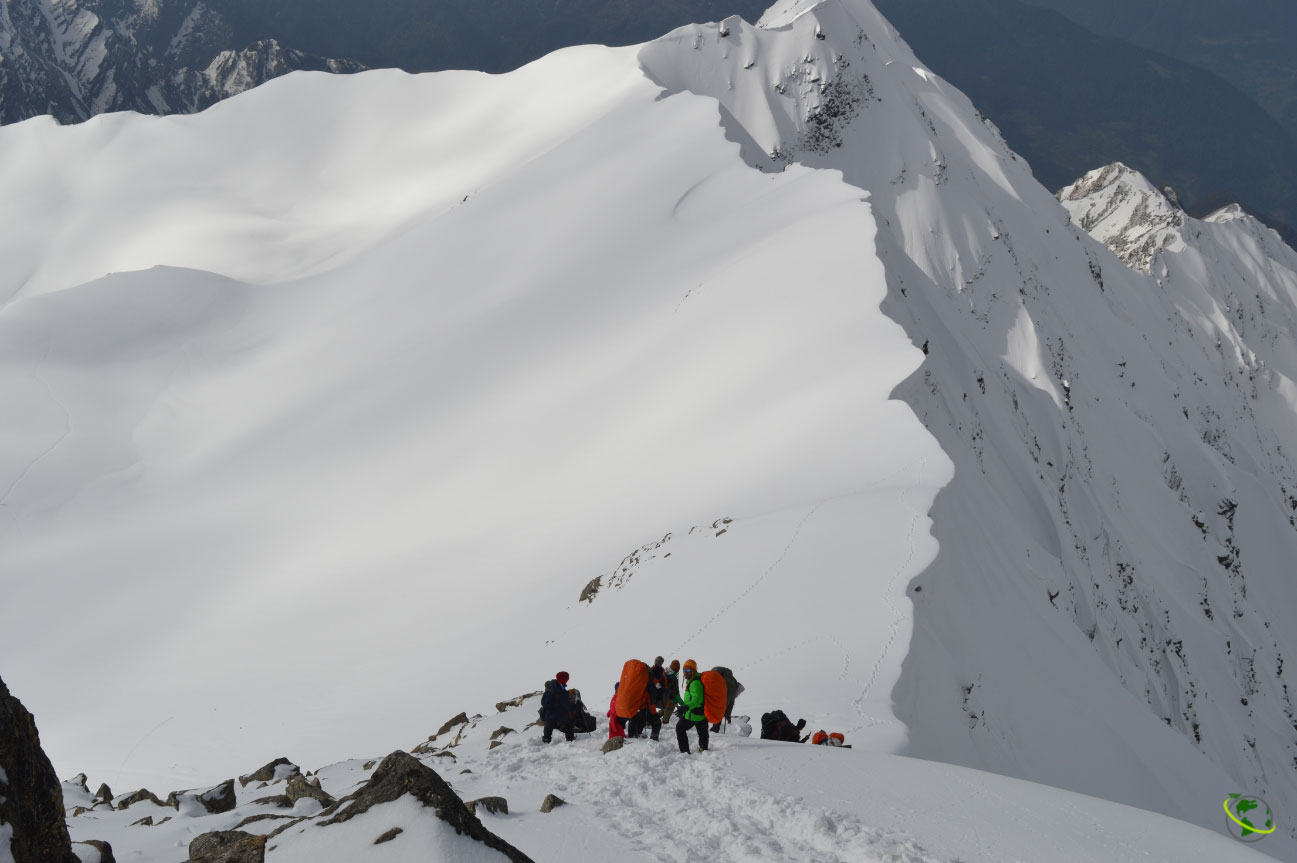
Short Itinerary
Day 1: Dehradun to Sankri - 8 h drive
Day 2: Sankri (1,920 m) to Seema (2,560 m) - 1 h drive + 5-6 h trek
Day 3: Seema (2,560 m) to Roiltia or Waterfall camp (3,350 m) - 6-7 h
Day 4: Roiltia to Ruinsara lake (3,600 m)- 2 h
Day 5: Ruinsara lake to Odari (4,100 m)- 4-5 h
Day 6: Odari (4,100 m) to upper Dhamni (4,000 m) via Bali pass (4,900 m)- 7-8 h
Day 7: Upper Dhamni (4,000 m) to Yamunotri to Janki Chatti (2,400 m)- 7-8 h
Day 8: Janki Chatti to Dehradun - 7 h
How to prepare yourself for Bali Pass Trek
Bali Pass Trek is not an extremely hard trek, however, you need to prepare yourself physically as well as mentally to achieve the demanding trails of this exotic journey. You will have to cover around 9-10 km and the altitude will go high from 5100 ft to a maximum of 16,207 ft in a short span of mere 4 days. To make this whole excursion, smooth, joyful, and less tiring, train yourself accordingly.
Cardiovascular stamina:
You need to develop the endurance to run almost 8-10 km in one hour. Stamina doesn’t build in a day. You need to start exercising at least a month prior to the commencement of the trek. Sprint is the best choice to boost your stamina however jogging will help to keep your energy up during the longer paths. Also, if you are just starting to maintain a fitness regime then jogging is the basic workout you should begin. You may add cycling and swimming in your routine to avoid boredom and to make your body more adaptive.
Strength:
Another area to cover in the process of your body development is to train your mind and body to tackle with the roughness of odd and unsteady tracks of mountains. You will have to walk these detours carrying your backpack on your shoulders, which can cause muscle soreness and ache. Strengthening your legs by working out regularly is the only option to prevent it. Squats can make back thigh and lower legs muscles so start doing 2-3 sets of squats regularly with 8-10 repetitions. Walking up and downstairs is another option to add in your daily routine to strengthen your muscles.
Flexibility:
Flexibility is just like an extra topping on the Pizza in your schedule of body training. It does not only relax the muscles but helps you to open your body easily which will lead you to walk at a fast pace and cross even the roughest terrains comfortably. Flexibility can be induced by stretching muscles on a daily basis. This will help you lose extra inches on your body so you will be lighter to embrace this detour of Bali Pass Trek.
Essential Things to carry for Bali Pass Trek
Essentials are the first priority without them trek cant be started
- A Backpack:
For this extraordinary trek, your first requirement is a tough and strong backpack. A 50-60 liter bag is sufficient for the journey. The bag should be of waterproof yet light weight-stuff and must have good shoulder and hip support with ample small quick-access pockets.
Tip- Backpack can be bought of any brand like Decathlon, Wildcraft, Woodland, etc.
- Shoes:
Shoes are the next important item for the preparation list of Bali Pass Trek. We need a pair of shoes that are rough from the outer side but soft from inside, to make the journey comfortable and reliable. Good grip, adequate ankle support, water-resistance, and snow handling are the other qualities we should look for in our trekking shoes.
Tip- Decathlon has a good series of trekking shoes you can purchase from there. Eg- Trek series and MH series are good options.
- Clothes:
Trekking can be the best adventure of one’s life, however, it could be a disaster without the right choice of layers for the uncertain weather of the mountains.
- T-Shirt as a Baselayer:
Carry at least 3-5 t-shirts as per the length of the excursion. We prefer you to wear full sleeve collared t-shirts as they help to protect the body from sun harmful rays. If you don’t like to wear full sleeve t-shirt then you may buy sleeve covers, that will help to protect skin from the sun. Dry-fit t-shirts are easy to carry as they tend to be light in weight and they dry quickly as compared to 100% cotton.
- Woolens and Jackets as an Insulation layer:
A padded jacket is appropriate for this trek which can be of non-water resistance material. But an outer padded jacket would serve the purpose of keeping the wind and the cold out. A couple of thin layer sweaters too can be handy in the high cold temperature at the altitude of 15000 ft. We discourage to pack the hand-knitted bulky sweaters.
We don’t prefer down and fur jackets as they are very costly and need maintenance.
- Trek Pants:
2-3 pairs of pants in this trek are suggested for the whole excursion. Pure cotton pants and jeans are to be avoided while shopping for trekking because hard and heavy stuff of these pants will create difficulties during the hill climbing. Cargo and quick-dry trousers top the list for trekking pants, apart from these stretchable pants can serve as thermal bottoms. Pants with zipper pockets prove to be useful to keep the tiny essentials for the way. You should always buy dark colored pants for trekking as they will not get dirty quickly.
Other Mandatory Accessories, Without these Trekking, Seems to be Almost Impossible:
- Caps:
Our head is most vulnerable to heat, whether it is sultry hot or too cold conditions. So, suncap and woolen cap or Balaclava make the next compulsory item on our list. The suncap protects the eyes and head in the sharp direct sunlight, while, woolen caps protect head and ear from the attack of cold wind and snow in the winter seasons during the trekking.
-
Glasses:
Glasses do not only protect eyes from high-speed wind, but they become a crucial item to carry along to shield eyes from snow blindness (occurs by overexposure in high-frequency sun rays inside the wide snowfield). Only half an hour of exposure of naked eyes can make lead to this severe condition. We recommend buying sunglasses with UV protection for extra protection.
In case you wear spectacles, buy oversize glasses which can be worn over them. If you wear contact lens, you don’t need to worry about them, because you can easily change them in your tent if you are habitual and the lens solution doesn’t freeze up there. However, you need to carry enough cleaning solution to clean your fingers and lens.
-
Socks:
It is best to carry woolen socks along with the regular sports socks. Sports socks provide the stuffiness to the feet in the shoes to walk the longer detours comfortably and woolen socks help to keep the body warm while sleeping. Two layers of sports socks can also work equally well in the dearth of woolen socks. You should always buy synthetic socks or at least mix with synthetic stuff because they dry quickly and do not soak much water as compared to pure cotton socks.
-
Headlamp:
The handheld torch is often the first choice to carry along in the trek, but a headlamp is more useful. I would help you to keep your hand free in the time of night to handle things like man tents, do dishes and carry other essential things. Do not buy headlamps with a beam light, instead buy a headlamp that covers large areas.
-
Trekking Pole:
A trekking pole (A Pair ) for hiking is as helpful as a finger held by an infant while learning to walk. The unsteady trails and steeps of the mountains can be arduous to walk but a pole can make your journey pleasant. The usage of a pole, while climbing can almost reduce physical fatigue by 40-50 percent People use only one pole as a normal practice but using two poles makes you walk even faster by supporting body balance.
-
Raincover or Rainwear:
The weather in the hills is so uncertain that it can rain to floods in some minutes even on a sharp sunny day. So carry a rain cover for this trek. Saving your backpack is also very important because your bag is the only support you can rely on during the whole trek. Some people carry different rain covers for them and their backpack however recommend you to carry a Poncho. It is a large size rain cover which can cover your body along with your backpack till knees. We discourage carrying rain pants, they will hinder your pace by making you walk uncomfortably and also the dry fit pants dry quickly.
-
A daypack:
A daypack can be used when you can't access your main backpack. Some people tend to offload their backpacks to the porters and for the hiking, you will have to keep the backpack at the campsite. In these scenarios, a 20-30 liters small daypack will help you to carry the essential things for the day.
Other Important Requirements
-
Cutlery and Water Bottles:
Carrying cutlery is also mandatory on this trek. Carry lightweight steel cutlery(a tumbler or mug, a plate, and a spoon) and avoid having plastic cutlery on your packing list. Plastic things tend to attract more germs and hard to clean. Along with these pack two 1-liter water bottles to keep yourself hydrated for longer hiking. We recommend carrying one of thermos which can help you carry warm water in the cold weather.
-
Toilet Kit:
You should gather only basic toiletries like toothpaste and toothbrush, a soap, a moisturizer, a toilet roll, a deodorant, a facewash, oil, a paper soap, or sanitizer in your toilet kit. Collect the small size and quantity of all these above-mentioned things to keep it light. Taking a bath every day is not feasible up there so do not load your kit with soap and shampoos.
Women can carry sanitary pads or menstrual cups if in case their periods are falling in during the trek date. Always carry 4-5 plastic poly bags to bring back used pads or any other waste generated during the whole journey. Keep in mind not to throw your used items to preserve the environment in the mountains.
-
Medical Kit:
- Diamox - To prevent AMS
- Dolo 650 - For Fever
- Avomine - For motion sickness
- Avil 25mg - For allergies
- Combiflam - Pain killer
- Disprin - For headache
- Digene - For acidity
- Norflox TZ & Lomofen - (diarrhea)
- ORS
- Omez/ Rantadine - (antacids)
- Crepe bandage - 3 to 5 meters
- Gauze - 1 small roll
- Band-aids - different sizes
- Cotton - 1 small roll
- Betadine or any antiseptic cream
- Moov/Volini spray (aches, & sprains)
- Knee caps
- Hot water bag in winter if needed
Cancellation Policy at Tripophilia
- Cancellation 30 days beforethe start date of the trek — Get a cash refund with 10% cancellation charges.
- Cancellation between 29 days and 15 days beforethe start date of the trek — Get a cash refund with 30% cancellation charges.
- Cancellation between 14 days and 1 day beforethe start date of the trek — Get a cash refund with 50% cancellation charges.
- Cancellation on the start day of the trek, or no showon the start day of the trek — Unfortunately, no refund or voucher.
- Cancellation on the start day of the trek, or no showon the start day of the trek — Unfortunately, no refund or voucher.
Your Trek Fees Includes :
- Accommodation - Your stay is included for the entire trek from Day 1 to Day 7 ( Sankri to Janki Chatti ). You will be staying in a lodge on Day 1 at Sankri and on Day 7 at Janki Chatti and camping on the remaining days of the trek.
- Meals - Your meals are included from Dinner on Day 1 to Breakfast at Day. We provide vegetarian nutritious food throughout the trek.
- Camping Charges - Forest Permits and camping charges are included.
- Trekking Equipment - All our trekking equipment is of high quality. Our tents and sleeping bags can withstand temperature as low as -15 ºC. You will also be provided gaiters, crampons, ropes, axes, etc. as required.
- Safety Equipment- In case of emergency, first aid and medical kit will be available at every campsite.
Your Trek Fees Does not Include :
- Transport To and Fro Base Camp- Transport to reach the basecamp and back. If availing transportation from Tripophilia then you will be picked and drop back to Dehradun.
- Food- Any extra food purchased during the journey to reach Basecamp and back.
- Backpack Offloading- If you wish to offload your backpack there is additional option mentioned.
- Any type of Personal Expense
- Accommodation at Dehradun
- Any Expense apart from the Inclusion list.
Here is what trekkers have to say about their experience at Bali Pass Trek
Available dates
Click on available dates to Register
- What the colours mean
- Available:Registration is on.
- Full:Indicates the group is full. No further slots are likely. A full group has 18 members.
Dates not suiting you? Click here to customize your trip.
